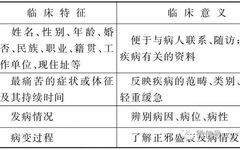Click the blue text above to learn more about TCM information!
As one of the four diagnostic methods in Traditional Chinese Medicine (TCM), wen zhen (问诊, inquiry) is a skill that every TCM practitioner must master. Mastering inquiry can provide an initial understanding of the patient’s condition. For those interested in TCM culture, learning inquiry can offer unique insights into health issues for themselves, family, and friends. Regarding what questions to ask and the content involved in inquiry, there is much knowledge to explore. I have summarized it into the “Ten Questions” of inquiry.

1. Key Points and Precautions
1. Pay Attention to the Communication Atmosphere
Inquiry is a process of verbal communication between the doctor and the patient, which should take place in a relatively independent space, such as a private consultation room, to avoid mutual interference and to provide the patient with a sense of confidentiality and security. The doctor should gain the patient’s trust through verbal communication, establishing a friendly and harmonious atmosphere. A convincing professional image is often reflected in the inquiry process.
2. Inquiry Methods and Precautions
(1) Friendly and Serious Attitude: The doctor should win the patient’s recognition in the shortest time possible through communication, maintaining a serious yet friendly demeanor. Careful questioning is essential to allow the patient to accurately express their symptoms. During the conversation, the doctor should lean slightly forward and avoid interrupting the patient, giving them enough time to answer questions.
(2) Kind and Understandable Language: When inquiring about the patient’s condition, the doctor should use kind and easily understandable language, avoiding medical jargon such as e xie (恶寒, aversion to cold), chao re (潮热, tidal fever), and li ji hou zhong (里急后重, urgency with a feeling of heaviness). During the inquiry, the doctor should refrain from showing surprise in language or expression to avoid causing the patient unnecessary stress, which could worsen their condition.
(3) Focus on the Chief Complaint and Inquire Comprehensively: The content of the inquiry includes general conditions, chief complaints, present illness history, past medical history, personal history, and family history. The doctor should skillfully identify the chief complaint and conduct targeted in-depth inquiries around it, paying attention to both the main symptoms and any accompanying symptoms, and broadly collecting relevant diagnostic information to avoid missing important details that could lead to misdiagnosis.
(4) Appropriate Hints, Avoid Inducing: When the patient’s description of their condition is unclear or incomplete, the doctor can provide appropriate hints to guide the patient, but should not suggest or induce the patient to describe their condition based on personal biases. Suggestive questioning may lead the patient to provide biased or distorted information to satisfy the doctor.
(5) Critical Patients, Rescue First: For critically ill patients, the doctor should focus on the main symptoms and conduct essential inquiries and examinations to seize the opportunity for rapid rescue. Detailed inquiries should be conducted only after the patient’s condition stabilizes. It is crucial not to mechanically insist on complete records at the expense of timely rescue, which could lead to adverse outcomes.
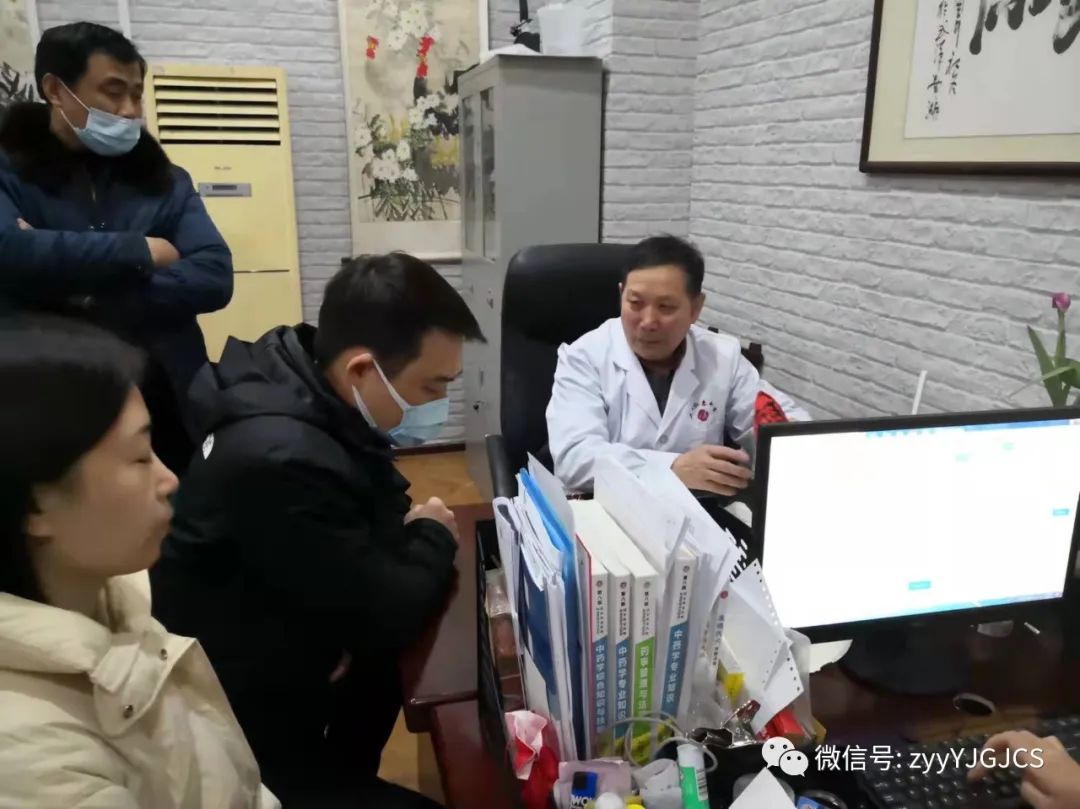
2. Key Content of Inquiry
Summary Table of Key Content and Clinical Significance of Inquiry
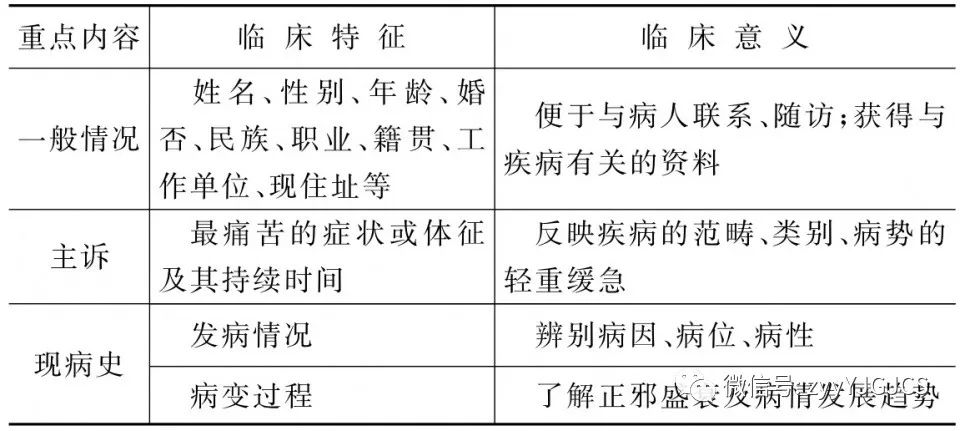
Continuation of the Table
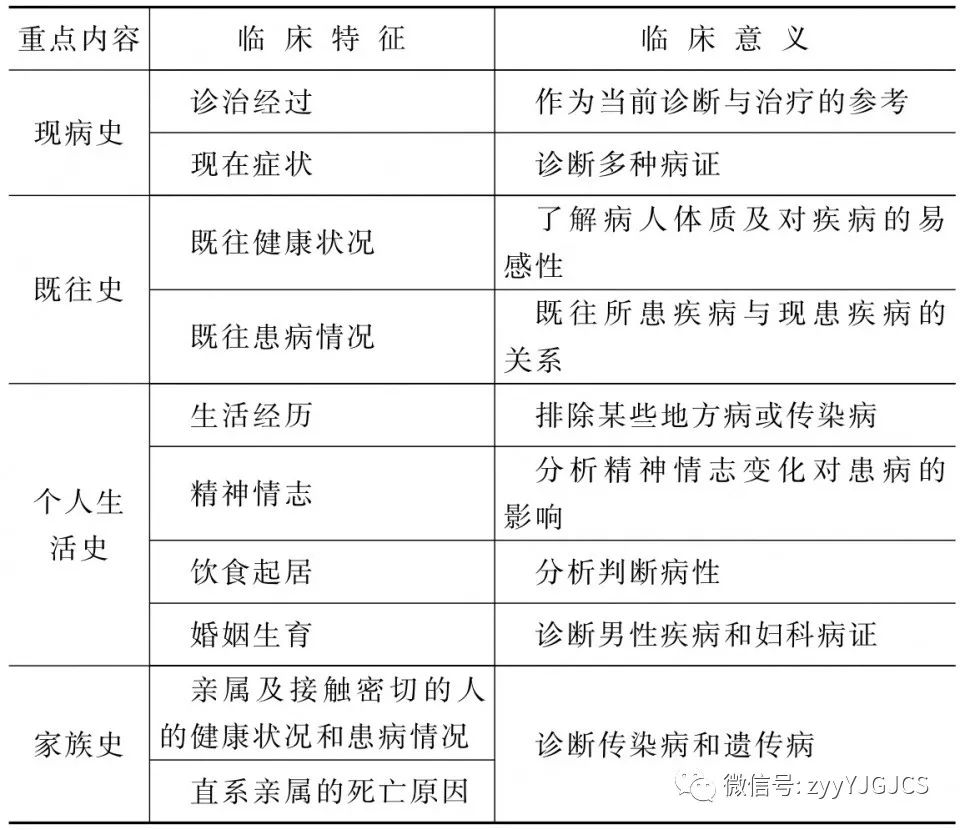
3. Inquiry about Cold and Heat
Summary Table of Key Points and Clinical Significance of Cold and Heat Inquiry
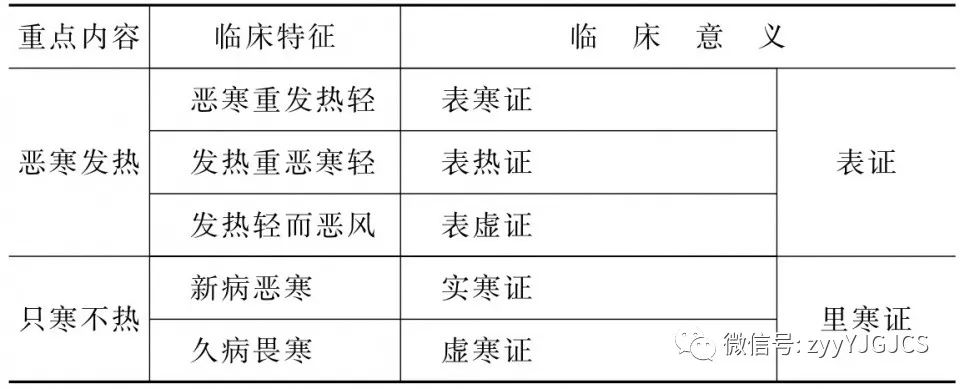
Continuation of the Table
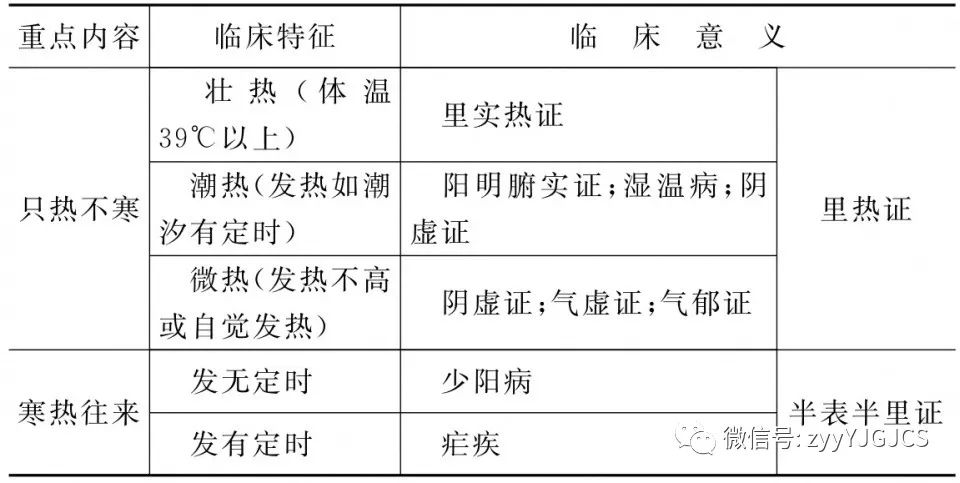
4. Inquiry about Sweating
Summary Table of Key Points and Clinical Significance of Sweating Inquiry
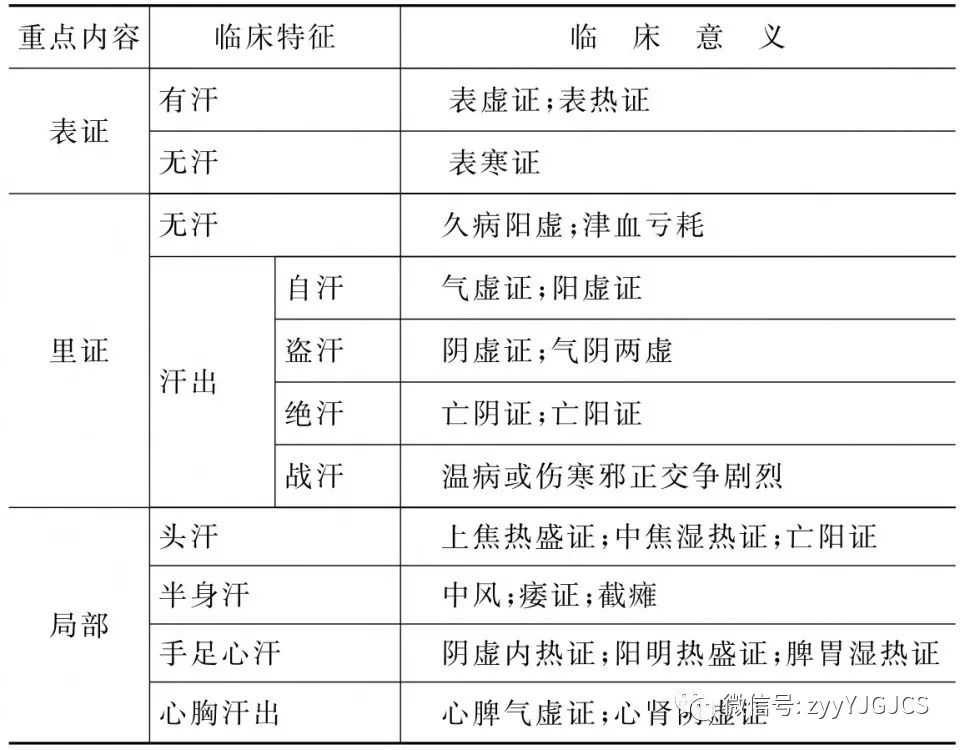
5. Inquiry about Pain
Summary Table of Key Points and Clinical Significance of Pain Inquiry
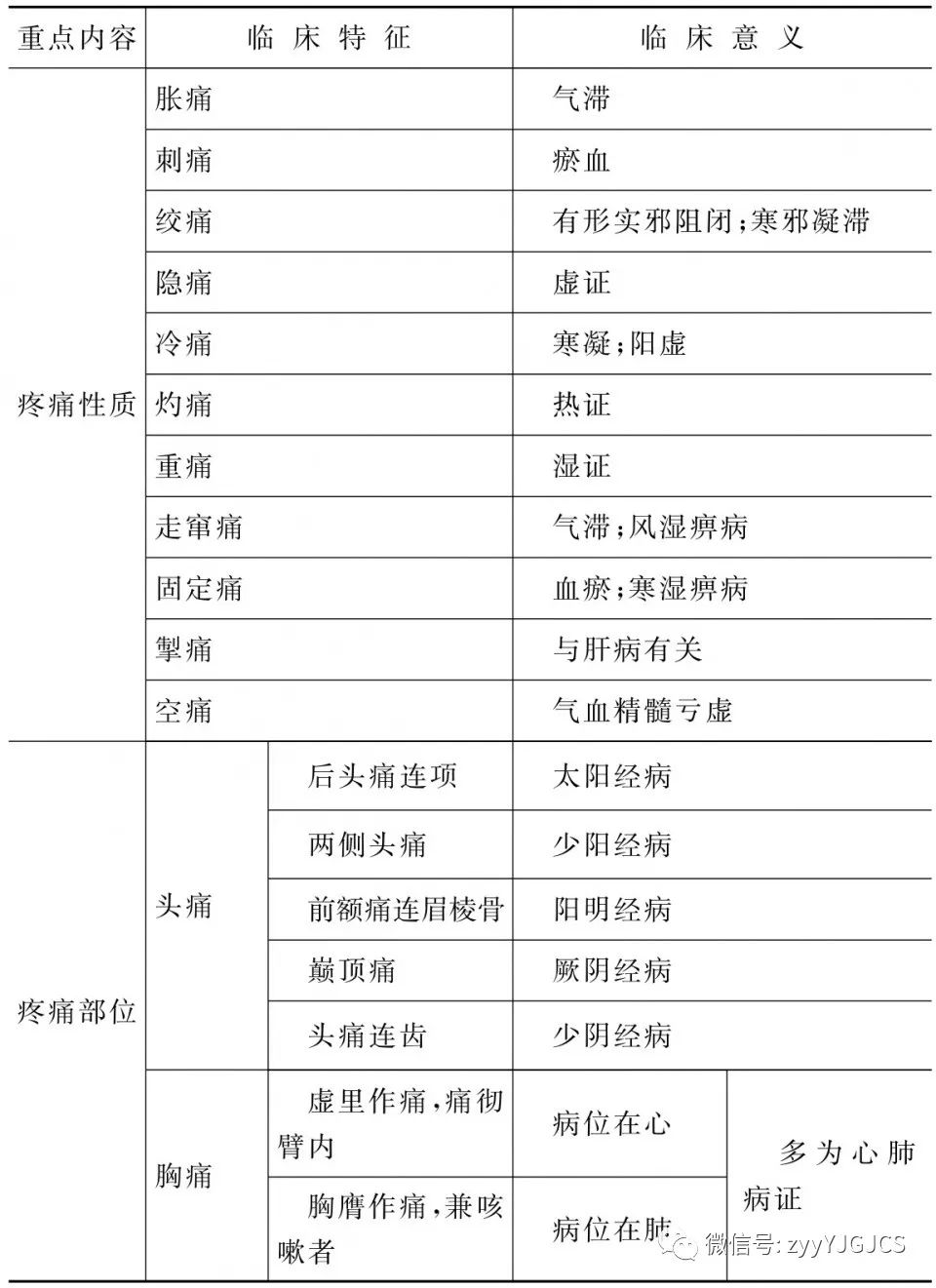
Continuation of the Table
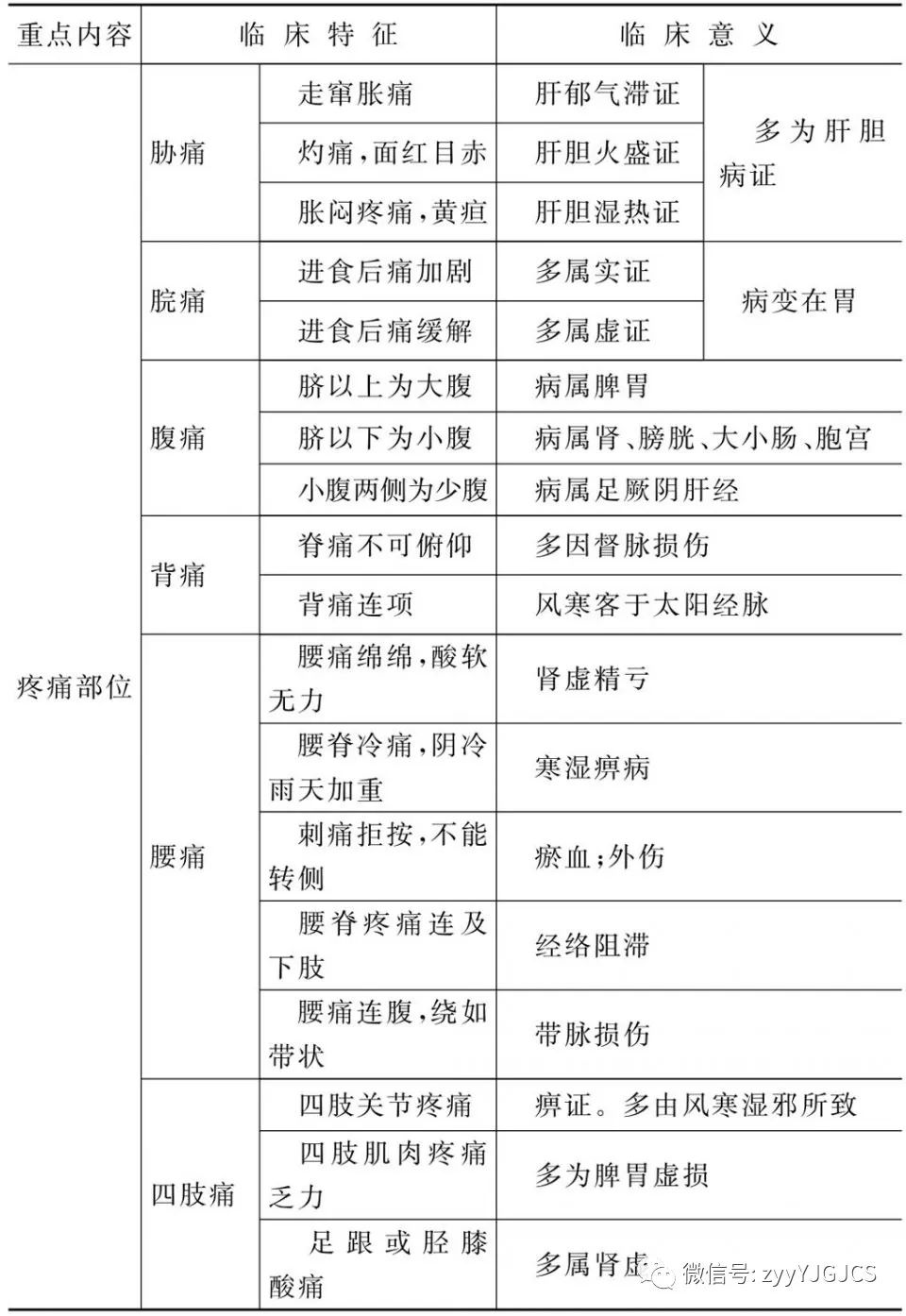
Continuation of the Table

6. Inquiry about Discomfort in the Head, Body, Chest, and Abdomen
Summary Table of Key Points and Clinical Significance of Inquiry about Discomfort in the Head, Body, Chest, and Abdomen
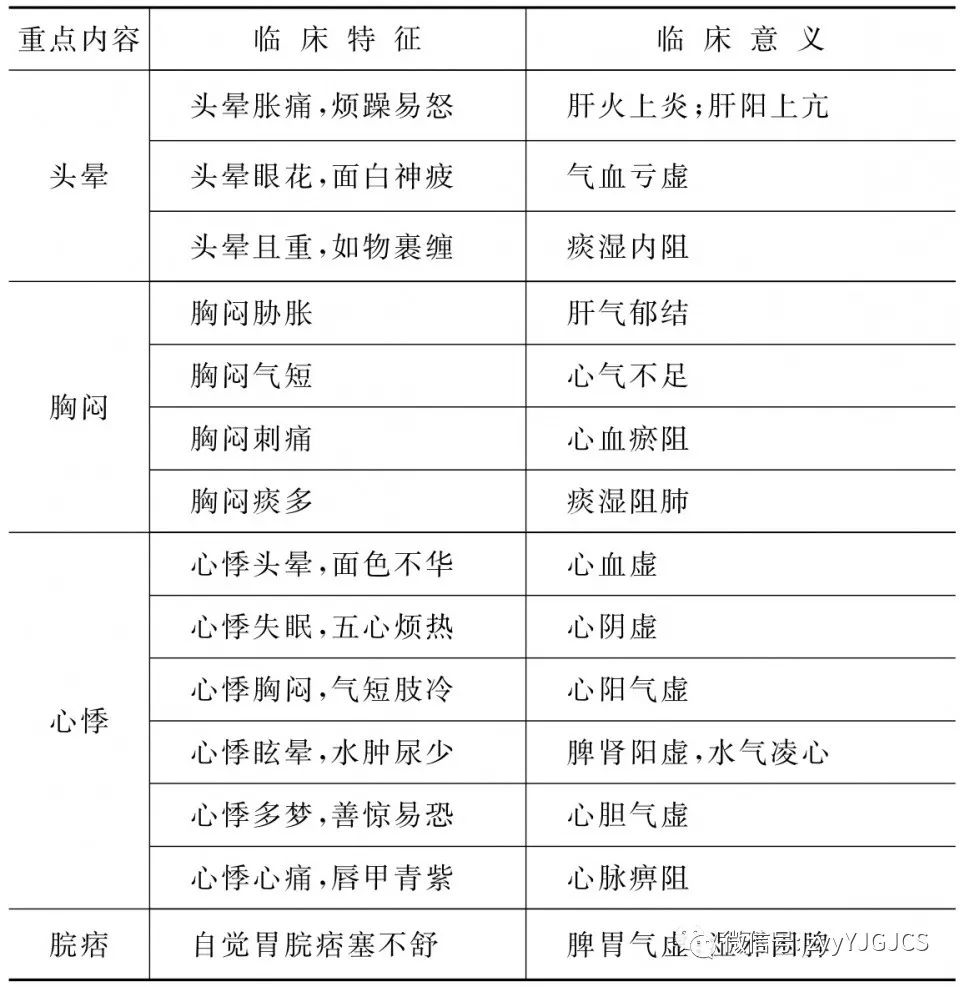
Continuation of the Table
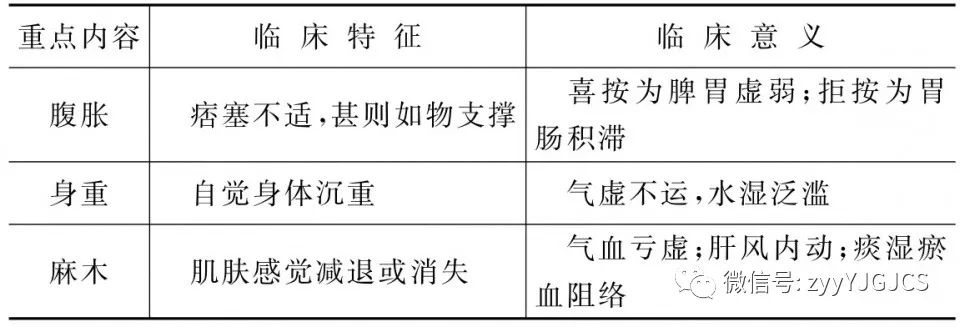
7. Inquiry about Dietary Preferences
Summary Table of Key Points and Clinical Significance of Dietary Preferences Inquiry
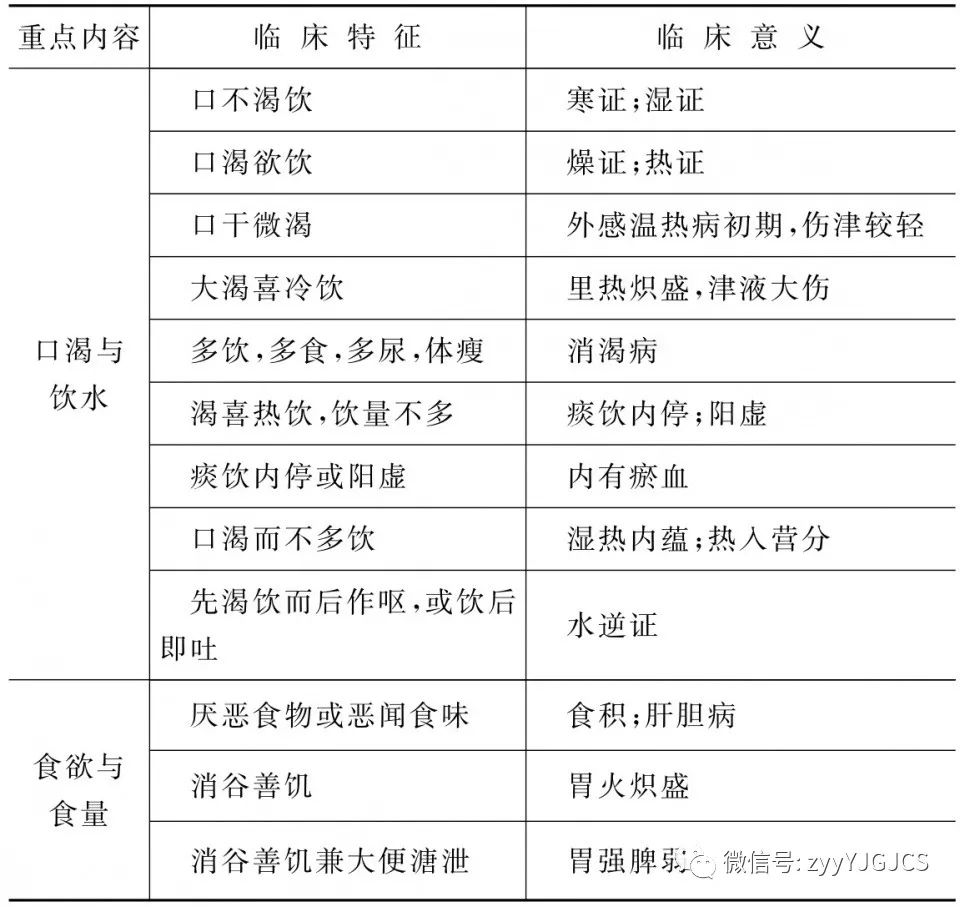
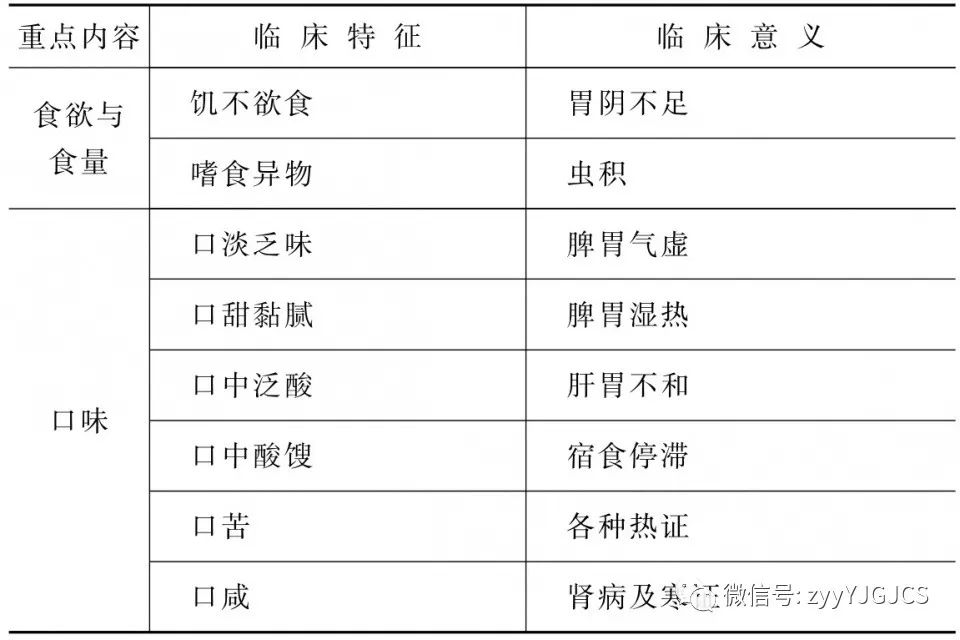
8. Inquiry about Sleep
Summary Table of Key Points and Clinical Significance of Sleep Inquiry
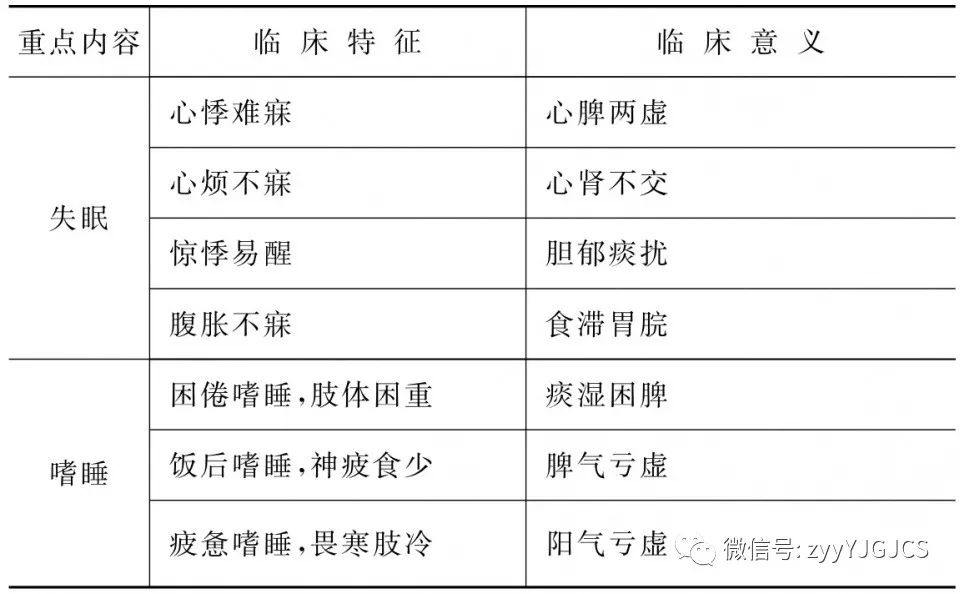
9. Inquiry about Urination and Defecation
Summary Table of Key Points and Clinical Significance of Urination and Defecation Inquiry

10. Inquiry about Menstrual Issues
Summary Table of Key Points and Clinical Significance of Menstrual Issues Inquiry
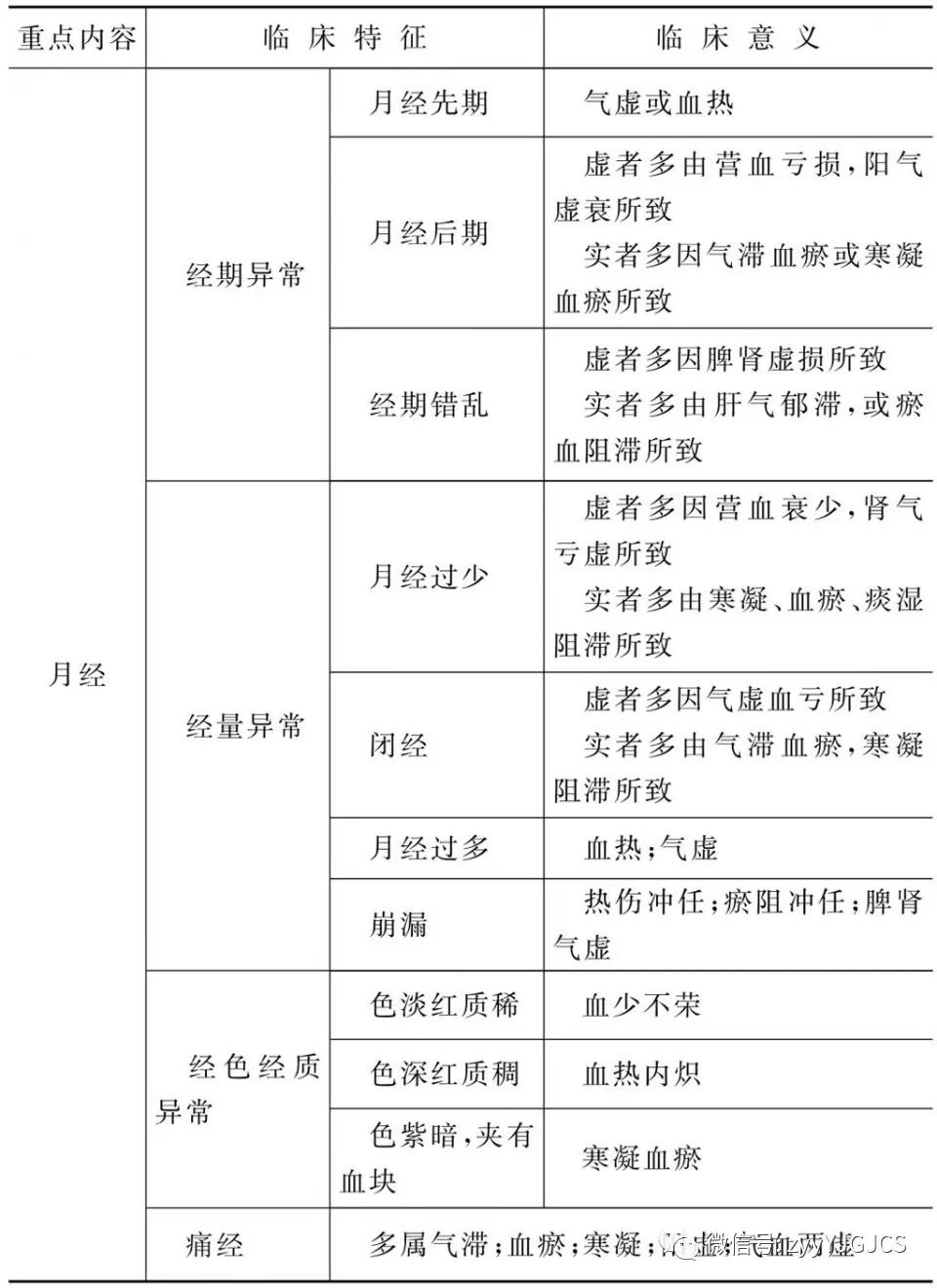
Continuation of the Table


